Boosting Brain Fitness: The Science-Backed Link Between Exercise and Cognitive Health
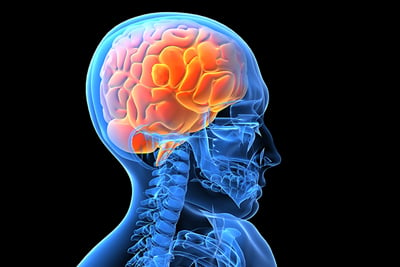
Boosting Brain Fitness: The Science-Backed Link Between Exercise and Cognitive Health
You know exercise strengthens muscles and burns calories—but did you know it’s also your best natural tool for sharpening focus, boosting memory, and even staving off age-related mental decline? Let’s unpack the brain-exercise connection, backed by science, and give you actionable steps to turn workouts into mental upgrades.
The Science: How Exercise Rewires Your Brain
For decades, scientists believed adult brains stopped growing new neurons—a myth shattered by groundbreaking research. The National Institute on Aging (NIA) now confirms that exercise triggers neurogenesis (new neuron growth), particularly in the hippocampus, the brain’s memory hub. Here’s how it works:
- BDNF: The Brain’s Fertilizer: Aerobic exercise (think brisk walking, cycling, or swimming) spikes levels of Brain-Derived Neurotrophic Factor (BDNF), a protein that nourishes existing neurons and fuels new ones. A 2021 Harvard Health study found just 30 minutes of moderate cardio 3x/week increases BDNF by 15%—enough to improve working memory in 8 weeks.
- Vascular Upgrade: Strength training, surprisingly, also benefits the brain. A Journal of Alzheimer’s Disease review revealed resistance exercises (like squats or push-ups) boost cerebral blood flow by up to 20%, delivering more oxygen and nutrients to brain cells.
- Stress Defense: High-intensity interval training (HIIT) lowers cortisol, the stress hormone that damages the prefrontal cortex (responsible for decision-making). One NIH trial showed 20 minutes of HIIT 2x/week reduced anxiety symptoms by 30% in office workers.
Not All Workouts Are Created Equal—Match Your Goals
Your brain responds differently to exercise types. Here’s how to choose:
1. Aerobic Exercise: Memory & Learning
Best for: Students, professionals needing focus, or anyone over 50 (hippocampal shrinkage starts in your 30s). Actionable tip: Aim for 150 minutes/week of moderate cardio (e.g., 30-minute walks, dance classes). A University of British Columbia study found this routine improved spatial memory in older adults by 20% in 6 months.
2. Strength Training: Executive Function
Best for: Busy parents juggling tasks, or those feeling “mentally slow.” Actionable tip: Lift 2-3x/week (bodyweight squats, dumbbell rows). A 2022 NASM report linked resistance training to sharper multitasking and faster problem-solving.
3. Balance/Coordination Work: Brain Plasticity
Best for: Older adults (reduces fall risk and cognitive decline) or anyone wanting to “future-proof” their brain. Actionable tip: Try yoga (tree pose, single-leg deadlifts) or tai chi 2x/week. A Frontiers in Aging Neuroscience study showed these improved both balance and processing speed by 18% in 12 weeks.
A Common Myth: “I’m Too Busy for Brain-Friendly Workouts”
You don’t need hours at the gym. Research in PLOS ONE found 10-minute “micro-workouts” (e.g., a brisk stair climb, 5 minutes of jumping jacks) 3x/day boost BDNF as effectively as 30-minute sessions. Pair these with mental tasks—like reciting a poem during a walk—to double the benefit (your brain loves multitasking challenges!).
Your Next Step: Start Small, Stay Consistent
Begin with 10 minutes/day of any activity you enjoy—dancing, cycling, or even gardening. Track how you feel mentally (e.g., “I remembered my grocery list today!”) to stay motivated. Over time, gradually mix in strength or balance exercises to hit all brain benefits.
Exercise isn’t just about a stronger body—it’s about a stronger you. Every rep, step, and stretch is an investment in the most important muscle of all: your brain. Let’s move—and thrive.

Fit vs Fat: Decoding Health's True Ruler
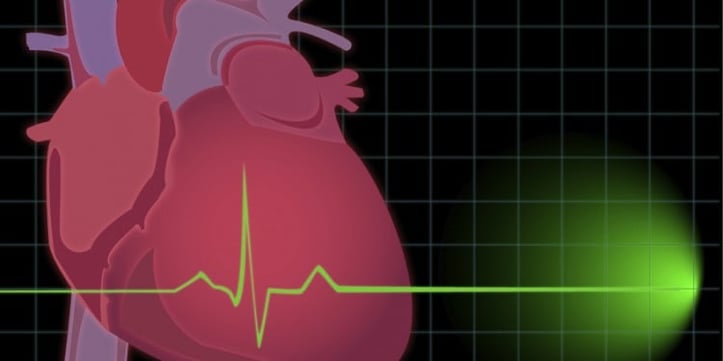
Pump Up Your Heart: Science-Driven Weight Loss

Wellness Technology: Your Path to Sustainable Weight Loss

A Sensible Guide to Dietary New Year's Resolutions
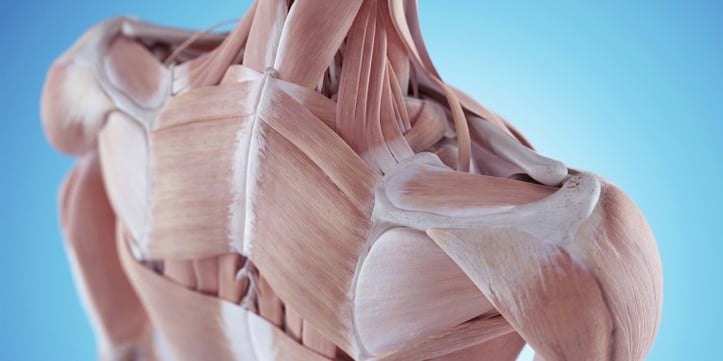
Prevent Shoulder and Rotator Cuff Injuries with Corrective Exercises
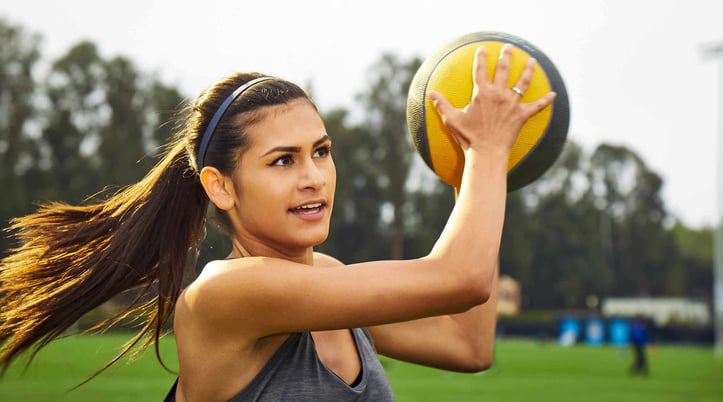
Overcome Fitness Plateaus: 4 Tips for Success

10 x 10 Thanksgiving Day Circuit: A Fitness Guide
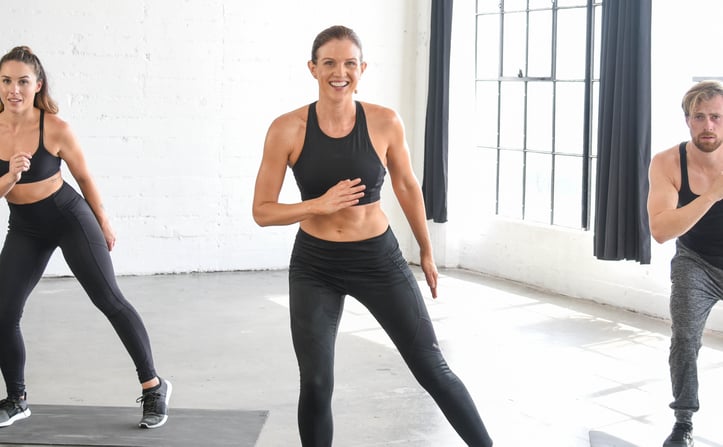
Unleash Your Fitness Potential with Kit Rich's Training Secrets

The Future of Fitness: A Guide for Beginners to Intermediates

